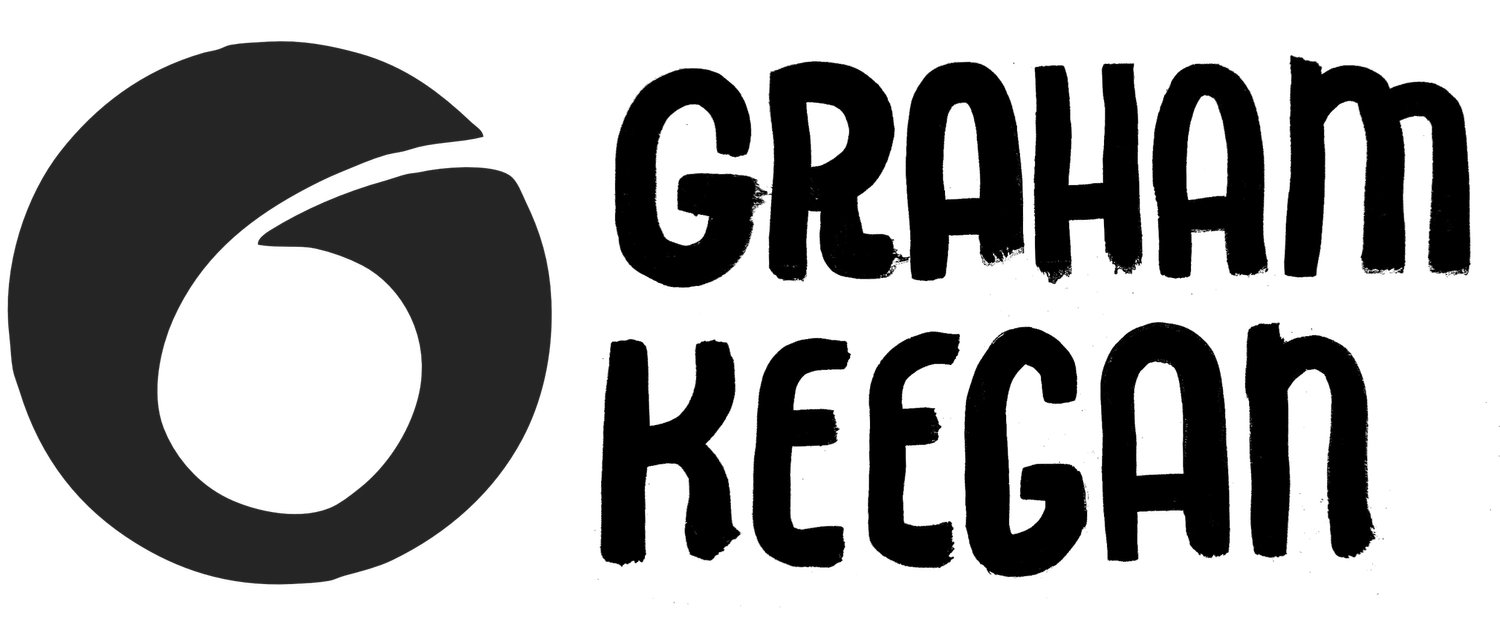Is the Fermentation Vat the Best Vat?
Q: Is the Fermentation Vat the Best Vat?
A: This is an ongoing, developing manifesto on a pro-fermentation position - Last Updated September 20, 2022
Short answer, yes. The fermentation vat is the best vat that I’ve worked with.
If you’re new to the realm of indigo vats there’s some basic terminology to get under your belt. First is the term “vat”. It refers to a liquid solution which contains water, indigo pigment, something alkali and some sort of reducing agent which activates the indigo - allowing it to dye onto fabrics. Vats are typically described by the reducing agent which has been used - e.g. fructose vat (some sort of fruit sugars, whether gleaned from fruit pulp or purchased powder), ferrous vat (powered by iron), zinc-lime vat (you get it - powered by zinc and lime), thiox vat, etc. These vats are all of a type which are powered by their ingredients - if it stops working, you can simply add more of the ingredients (to a point), and things will get going again. I think of all these vats as ‘recipe’ vats - add some this, add some that and boom, you’re dyeing.
Over the past couple years, I’ve been working with fermentation vats - I think of these more as ‘relationship’ vats. I find the process similar to making and monitoring a sourdough starter, vinegar making from fruits or making kimchi or sauerkraut. Yes, there is an initial combination of the necessary ingredients, but following that combination - there is a daily practice - a relationship with the vat that develops where you can read the conditions of the vat and make appropriate decisions about how to keep it healthy.
I’m finding the distinction between ‘recipe’ and ‘relationship‘ to be essential.
The purpose of pursuing a natural dye practice is to engage more fully with the world around us. Over time, I’ve become more and more troubled by the popular, published approach to ‘natural’ dyeing and its reliance on a commercial/industrial apparatus to supply the materials and ingredients necessary. It has gnawed at me for years - my own lack of understanding of materials used in ‘natural’ dyeing. I believe myself to be quite informed on materials and processes - yet I found that so many of the ingredients called for in ‘natural’ dye are products of an industrial apparatus that I had close to zero understanding of their production and sources. Do you know what Slaked Lime is? Have you seen how it is produced? How about Alum? Ferrous sulfate? Any ‘natural’ dye extracts? Can you prove that those are actually what they say they are? Would you ever bother to do so? What portion of your dye ingredients do you know how to create? How much of your process is reliant on a system that you cannot see the workings of? How far away did these ingredients come from to reach you? Does it have to be like this?
I don’t think that natural dyeing is a solution to any ills of our contemporary industrial textile dyeing apparatus. Natural dye processes are traditionally very resource intensive - involving heavy water use as well as lots of combustion of hydrocarbons to heat liquids. I cannot conceive of a sustainable scale of production that would keep pace with the demands of the people - without being deleterious to the shared environment. I’d like to acknowledge natural dyeing’s actual current role in the ‘developed’ world. I believe the practice exists as a existential relief - an anathema to industrial systems.
The same yank - need to have control leads us to want to use crazy colors - and so requires the use of foreign extracts, extreme choices - rare foreign bugs, collected and shipped from thousands of miles away. Just admit - you may live in a boring place or way.
